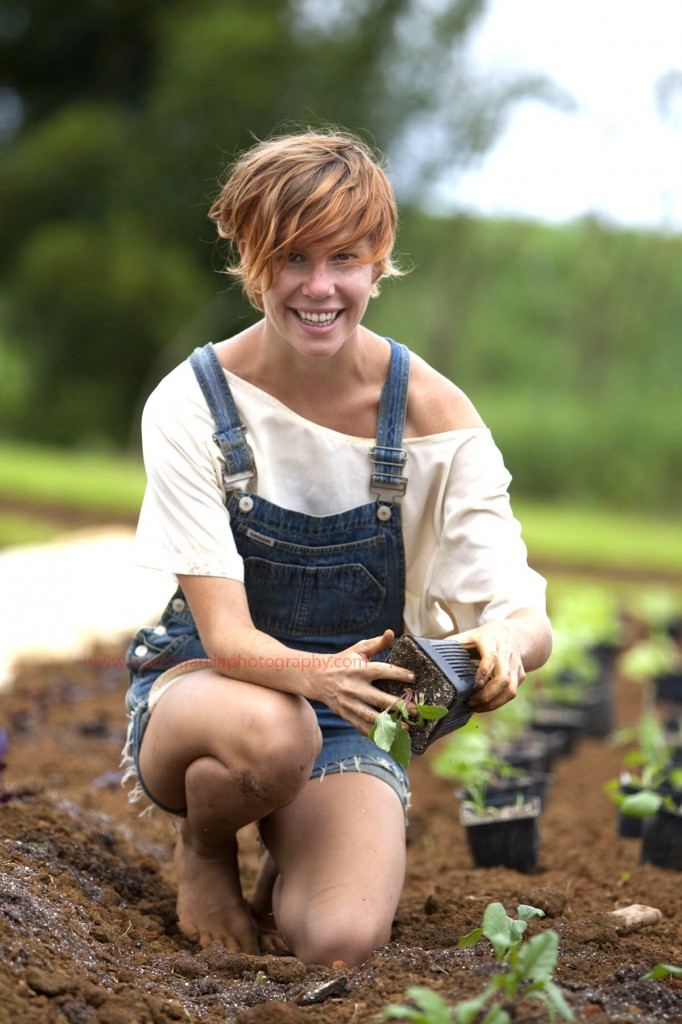
A man stood next to me in a Korean owned deli in Palisades Park, NJ. His boots were fake, not real lizard but still in the style of botas de vaquero none the less. The boots you can buy in any norteno town where the men have paid thousands to sneak across the border to work as low paid laborers in the US. His trim mustache and dark skin, tucked-in shirt and ironed blue jeans might have made him a short Lotharo back in Piedras Negras but here, he was just a a guy who worked as a baker in a Korean pastry shop. Maybe he cut grass, painted, lifted, delivered, hauled, got spit on, harassed, not paid, paid lowly, hid, ducked, drank, shivered, and maybe he did none of the above. But he was here, not in his country, and trying to work.
The Spanish I heard in Times Square coming from Minny Mouse wasn’t the native tongue of the native Puerto Ricans or Dominicanos. It was la lengua of the Mexican. Maybe the Chapinas or the Peruvian. But it was the accent of the new comers. They dressed as Elmo, Spiderman, and Minnie to pose for a dollar or two with the kids of those who stayed in $300 a night hotels in the City. They crossed borders to stand next to white kids so that their parents could snap pictures of them in the blinking lights.
One guy gets hot and lets slip his facade. The mask slips revealing a face more fitting inside the Museo Nacional de Antropología than on the streets of Times Square. Cada de indio as my mother would say of the neighbors. The face of an indigenista, a face from Southern Mexcio, of Guatemala, of the south.
So Spiderman crossed 9th ave near Port Authority. Wherever he went, he seemed tired. Worn from dancing for the Spanish and Italian tourists. Of hearing the accents of his conquerors and taking the money of his master. He probably walked to his next job. His delivery job where he would make a dollar or two running msg-filled Chinese food up six floors up to an uppity Iowan who now calls Manhattan home. The Iowan feels its his new right to belittle the delivery guy who was five minutes late because he couldn’t walk fast enough. The rain was too hard, the snow was too cold.
Santiago once pointed out the only people out on the streets during a blizzard were the mojados who were delivering food.
I learned on this trip New York works because of it’s illegal infestation. An infestation that makes the City move.



